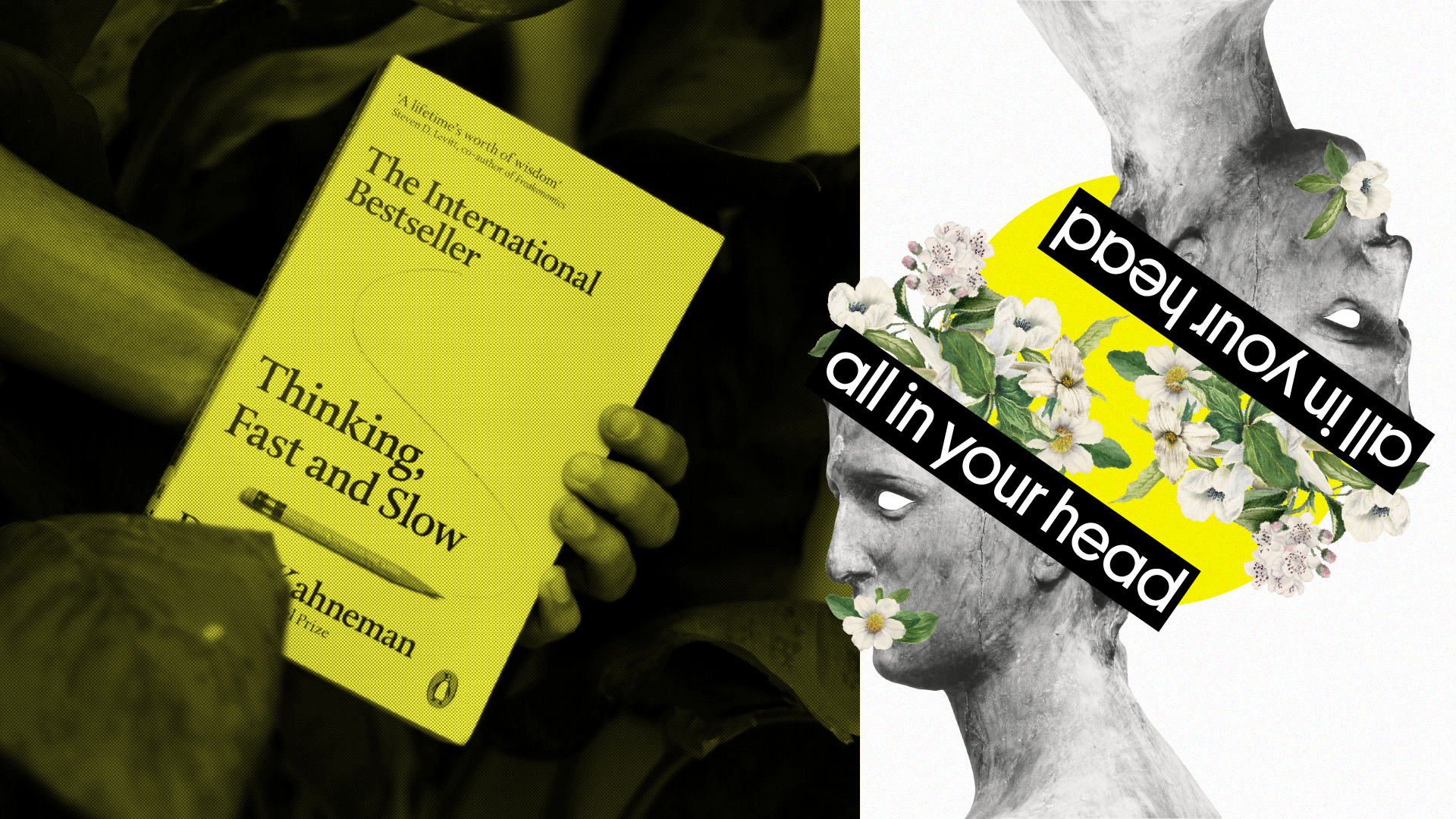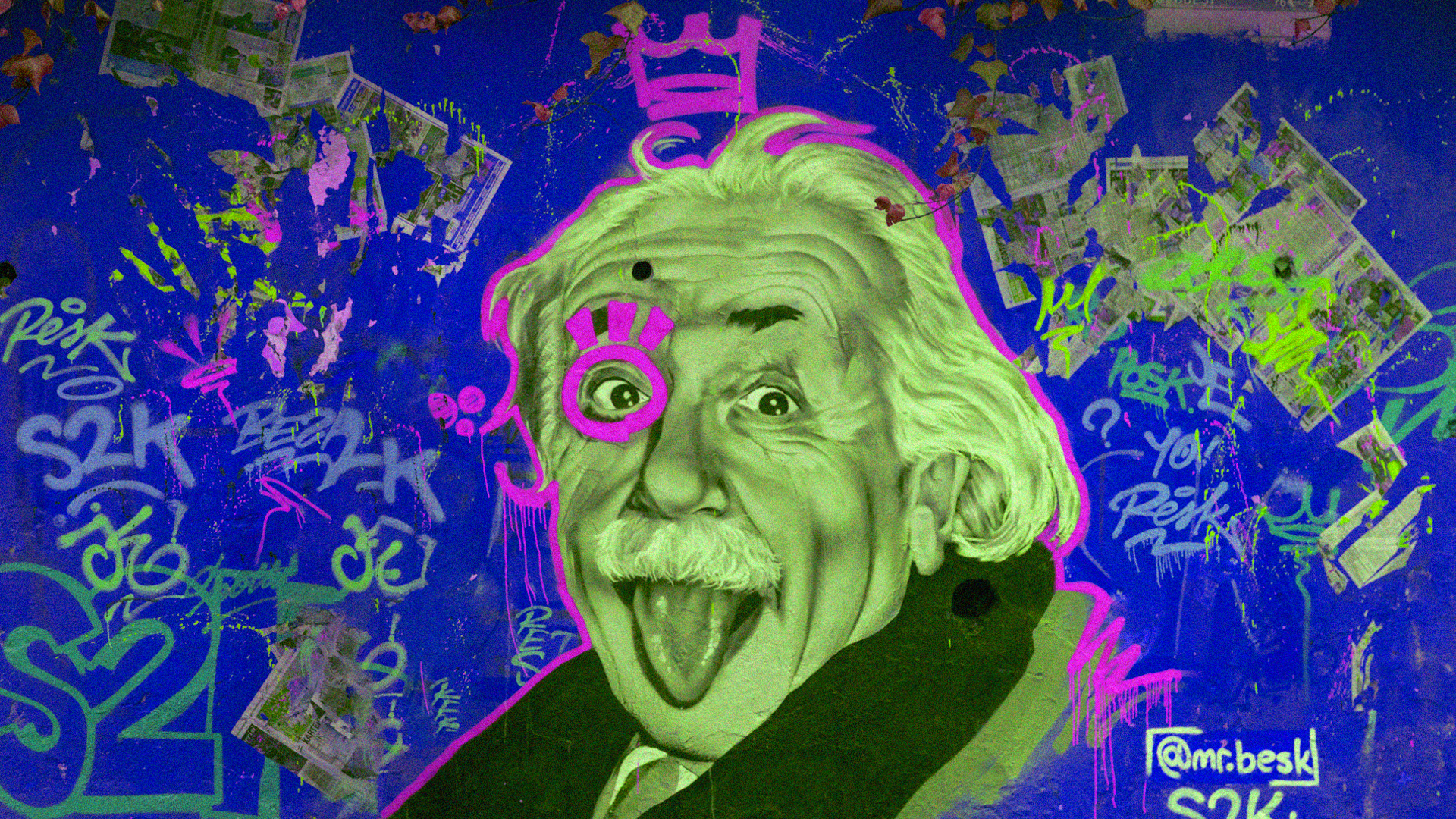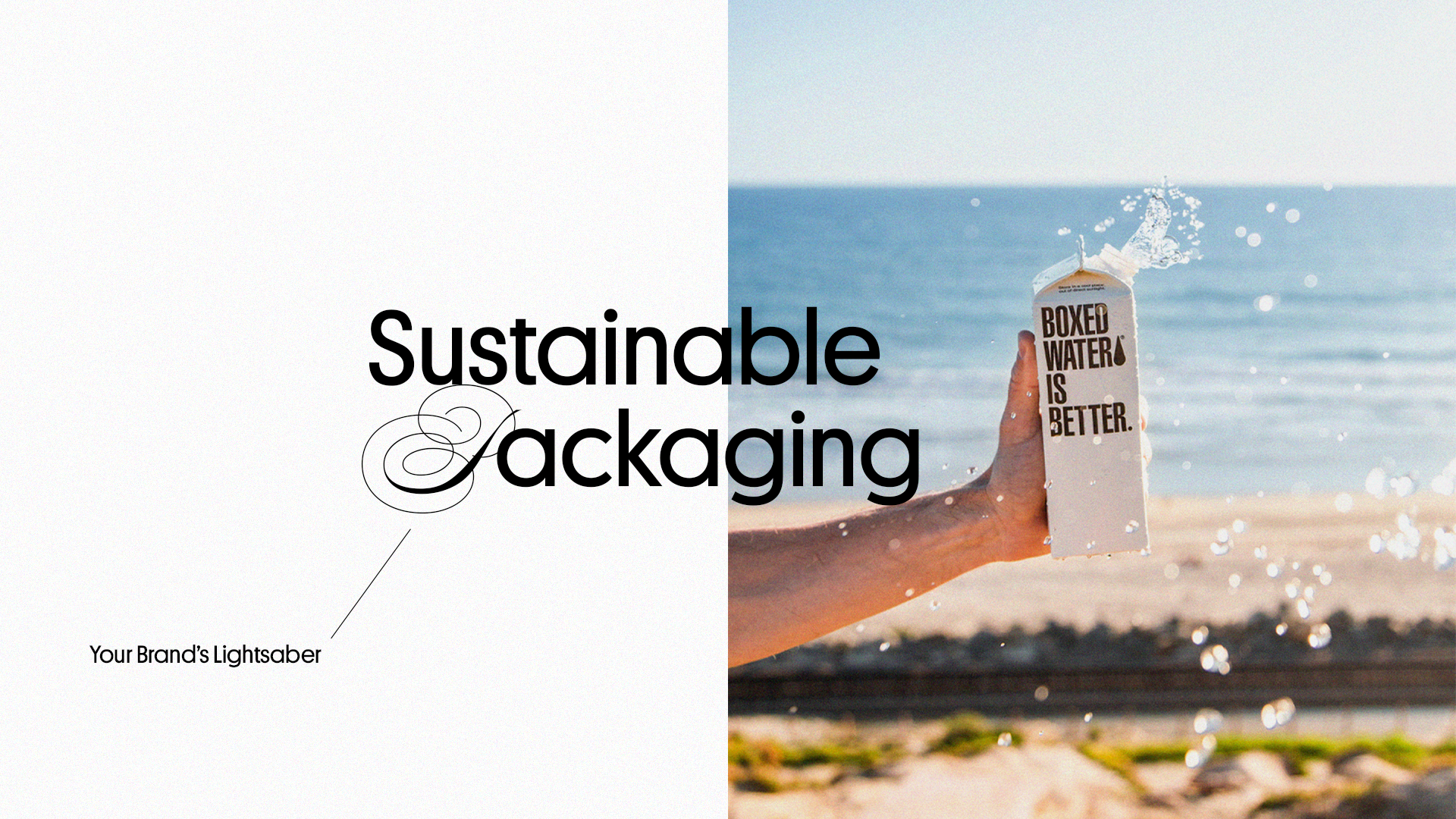Author: Daniel Kahneman’s
About: Behaviour and decision-making.
Outcome: Why do humans make judgment errors and how to spot System 1 faults?
We use System 1 (Thinking Fast) and System 2 to think (Thinking Slow).
System 1 is gut-reaction thinking and decision-making. System 2 makes decisions using “critical thinking”. System 1 creates “initial impressions” and makes us jump to conclusions. System 2 reflects, solves, and analyses.
We mostly use System 1.
System 2 thinking is common. We’re logical and analytical. We ‘believe’ we mostly use System 2 thinking. Our daily lives are dominated by System 1. (Thinking Fast). System 2 is only activated by the unexpected or by purposeful effort (Thinking Slow).
System 1 constantly forms impressions, intuitions, and judgments based on our senses. We usually go with System 1’s intuition. System 2 is only used when System 1 can’t handle anything unexpected.
System 1 thinking prioritizes a coherent tale and leads to jumping to conclusions. System 1 is generally correct but can produce bias errors. System 1 answers easy questions and lacks reasoning and statistics. System 1 relies on associations, memories, pattern-matching, and assumptions to swiftly generate a coherent, credible tale to explain what’s happening. System 1 will choose the believable, convenient story, even if it’s wrong.
How do people jump to conclusions with minimal information?
WYSIATI- what you see is all there is.
WYSIATI is Kahneman’s abbreviation for this phenomenon. WYSIATI “focuses on existing evidence and ignores absent evidence.” WYSIATI helps System 1 develop a consistent, believable tale with minimal evidence. System 2 can validate these impressions and intuitions as values and beliefs. WYSIATI can make System 1 “infer and invent causes and intentions”.
System 1 is quite good at identifying causal links between events, even when they are false.
This is why people jump to conclusions. They use little evidence and ignore absent evidence. They fabricate a story, causal linkages, or motives. System 1 creates a rapid judgment or impression, which System 2 endorses. Overusing System 1 thinking can lead to various judgment errors.
People don’t grasp statistics. They may look at a small sample — 100 survey respondents — and think it’s indicative of the population. This is why people jump to conclusions with minimal facts. If three individuals say it, is it true? If you personally observe an incident, you’re more inclined to generalize it.
Within WYSIATI, people will seize on little evidence that confirms their previous perspective. They overlook or don’t look for evidence that contradicts the story they’ve established.
Over-optimism
People tend to generate unreasonably optimistic plans and projections. When projecting dangerous initiatives, people make judgments based on illusory optimism rather than benefits, losses, and probability. Overestimate advantages, underestimate costs. They spin success stories, ignoring faults and miscalculations. People sometimes (but not always) take on risky ventures because they’re excessively hopeful.
To sum it up
- System 1 thinking : Answering the arithmetic equation 2 + 2 = 4, without effort
- System 2 thinking: Remembering how to multiply decimals and then using a pencil and paper to solve the equation 12.34 x 20.73 = 255.80
- System 1 (Thinking Fast) leads to rapid judgments, jumping to conclusions, and biased decisions. System 1 produces quick impressions, intuitions, and judgments.
- System 2 analyses, solves problems and evaluates.
- System 1 recommendations are usually easier to understand. When we see something unexpected or slow down our thoughts to be critical, System 2 kicks in.
- System 1 creates a believable tale from given data. This leads to WYSIATI, or focusing on limited evidence and ignoring the absence of evidence. WYSIATI can cause us to jump to conclusions about people’s motives, assign causal linkages where none exist, and generate snap (but inaccurate) judgments and impressions.
Shopping fast and slow
We tend to enter a buying scenario, such as a supermarket, with a critical System 2 perspective. However, after some acclimatization, System 1 eventually takes over, and we shop on autopilot for the most part. With System 1 in charge, we suddenly allow ourselves to make more impulsive purchasing judgments as we go farther into the store. Grocery stores regularly leverage this phenomenon when positioning snacks next to the cash registers.
When shopping online, however, our thoughts are more likely to start with System 1, but when it comes to the checkout, System 2 thinking takes over, resulting in a large number of abandoned or reduced carts.
Social proof and delivering call-to-actions that relate to our loss aversion are two methods employed across the business to appease System 2. Amazon, for example, combines the two by including product evaluations and countdown timers that illustrate how much time you have to order if you want next-day delivery.
The one last ‘marketing angle’: Appeal to fast thinking
As marketers, we’d want to believe that customers have a strong “investment” in our products. We imagine them standing in the aisle, reading all of our enticing copy on the product and carefully weighing each of our advantages against those offered by competitors.
Shoppers, on the other hand, do not want to put in that much effort. Instead, they hunt for basic signs that trigger mental associations. This is frequently done unconsciously (via System 1 thinking).
That is why the importance of branding and packaging cannot be overstated. A brand will elicit subconscious connections… hopefully, favourable ones, based on previous usage, a TV commercial they saw, or identification that this is a product that someone in their lives has used/enjoyed.
People have two thinking modes, fast and slow, and spend most of their time in fast mode. We can all do logical thinking ( ‘System 2′ process – controlled thinking, thinking things through properly), but it’s effortful and slow, so we don’t bother much. Many marketing strategies rely on persuading customers to think deliberately and logically – “purchase this because it has this benefit,” for example. We should be appealing to the fast thinker in everyone, which operates automatically (uncontrolled) and is based on intuition (a ‘System 1′ process), not logic. The marketing opportunity is to position yourself as the intuitive choice, rather than the logical choice.
You can get a copy of the book here
Writing Credit – Drishti Shah






